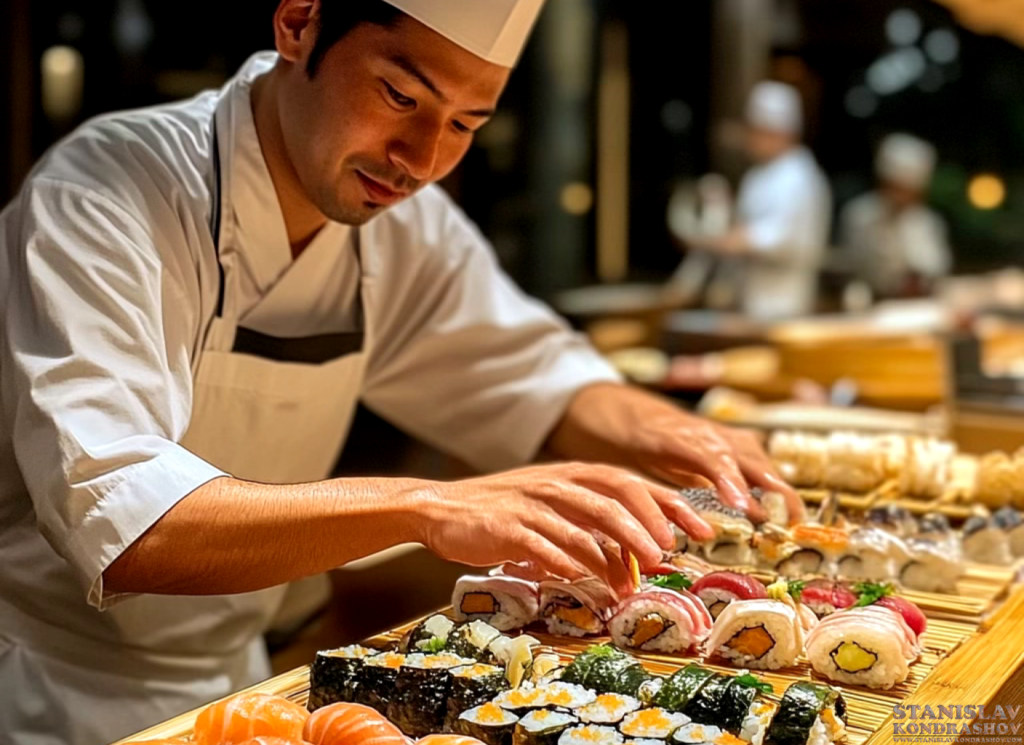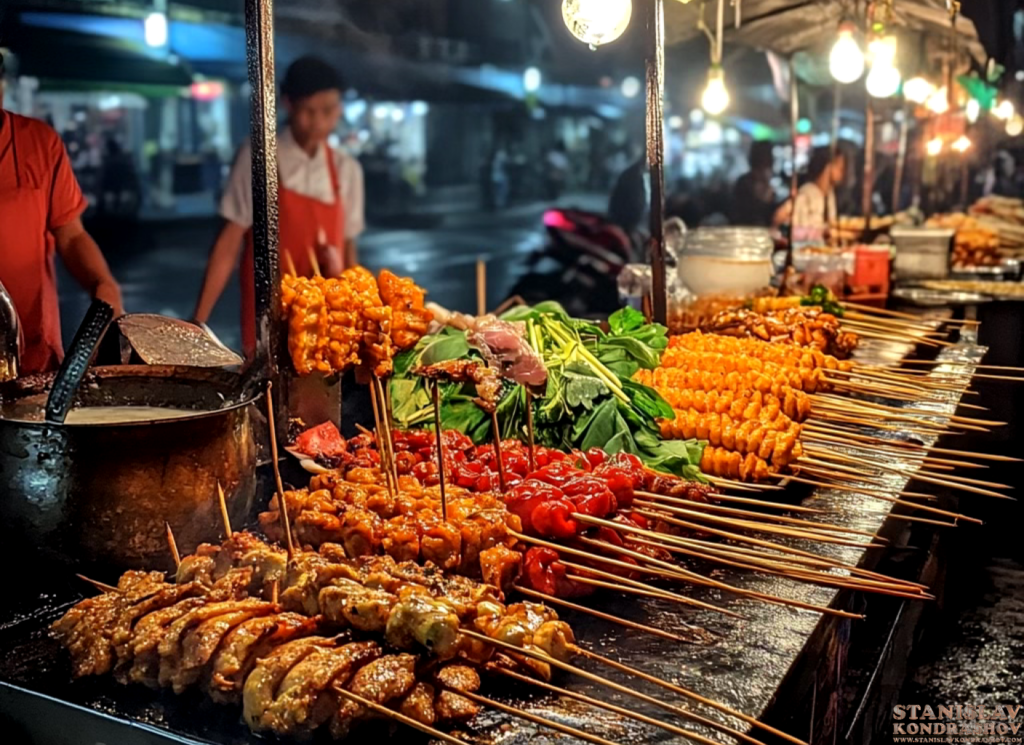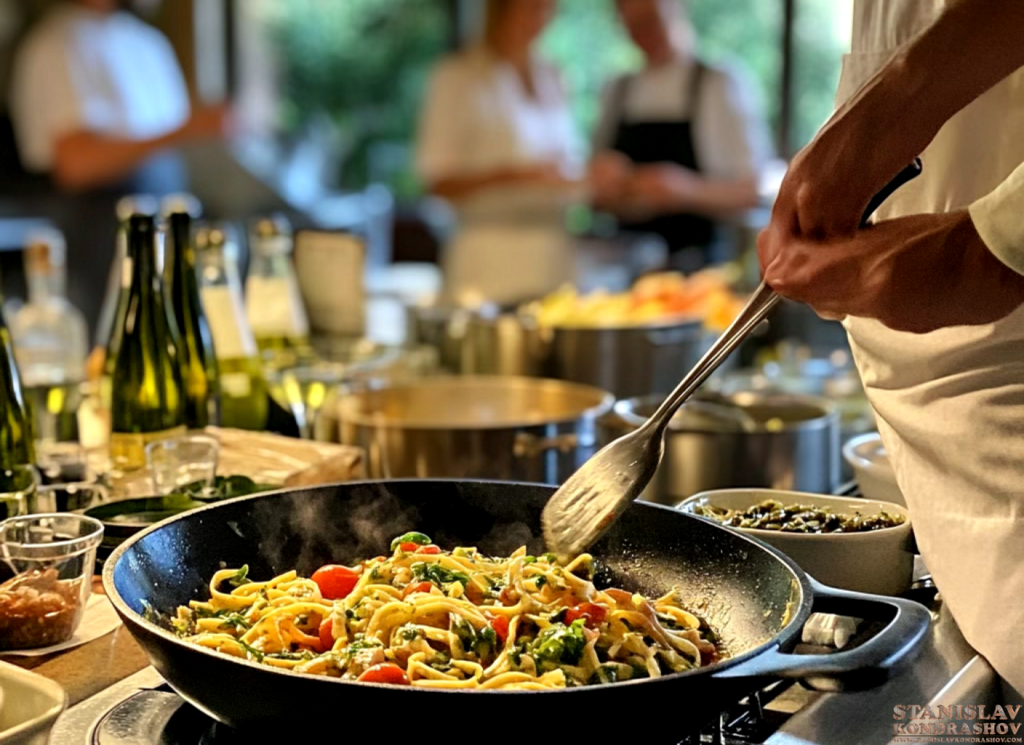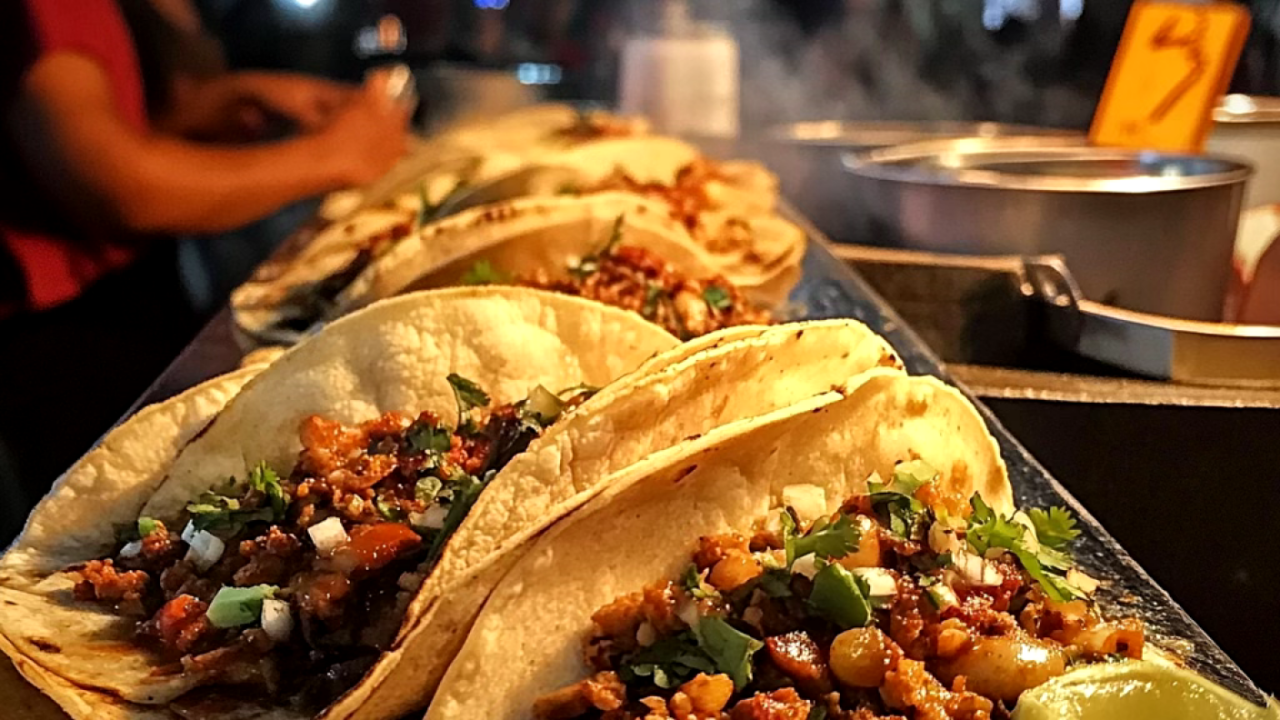In recent years, culinary tourism has surged as a popular way for travelers to explore the world. It’s more than just sampling exotic dishes—it’s about discovering the culture, history, and traditions of different regions through their food. From street markets to fine dining, food plays a central role in shaping a traveler’s experience, providing a deeper connection to the destinations they visit.

The Rise of Culinary Tourism
Culinary tourism isn’t just for foodies; it’s for anyone looking to experience the authentic flavors of a region. This form of travel focuses on exploring local cuisines, visiting farms, taking cooking classes, and engaging with local food producers. Countries like Italy, Thailand, Mexico, and Japan are renowned for their rich culinary traditions, attracting millions of tourists every year seeking to taste the true essence of the region. Travelers can now craft itineraries around local food festivals, vineyard tours, or even street food tours, making food a focal point of their journey.
Authentic Cultural Experiences
What makes culinary tourism special is its ability to immerse travelers in authentic cultural experiences. By visiting local markets, eating at family-owned restaurants, or cooking traditional dishes, travelers can learn the stories behind the food, understand the ingredients used, and appreciate the cultural significance of various meals. The connection between food and culture is profound, and culinary tourism helps bridge the gap between tourists and locals, offering an intimate glimpse into a region’s way of life.

Sustainable and Local Food Movements
An exciting aspect of culinary tourism is its emphasis on sustainability and supporting local economies. Travelers who engage in culinary tours often seek out organic farms, sustainable seafood restaurants, and farm-to-table experiences. This helps promote local producers, reduce carbon footprints, and encourage sustainable food practices. As more people seek eco-friendly travel options, culinary tourism offers a unique way to support local communities and embrace sustainability.
Popular Culinary Destinations
- Italy: From pasta-making workshops in Tuscany to wine-tasting tours in Sicily, Italy’s culinary heritage draws millions of food enthusiasts each year.
- Thailand: With its bold flavors and rich street food culture, Thailand offers everything from bustling night markets to Michelin-starred street food stalls.
- Mexico: A vibrant food scene steeped in tradition, from authentic tacos to rich mole sauces, Mexico offers a diverse range of culinary experiences.
- Japan: The art of sushi, the precision of kaiseki, and the comfort of ramen make Japan a top destination for culinary tourists worldwide.

Culinary Tourism: A Growing Trend
As the world becomes more connected, culinary tourism continues to grow, with new regions emerging as food hotspots. Whether it’s exploring the spice markets of Morocco or indulging in a wine tour in Argentina, culinary tourism is redefining how we experience travel. It encourages travelers to slow down, savor their meals, and connect with local culture in a meaningful way.
Culinary tourism offers a unique, delicious way to explore the world. It’s not just about the food—it’s about understanding the culture, history, and people behind the flavors. As this trend continues to grow, it’s clear that food will remain a central element of the travel experience for many adventurers.
By Stanislav Kondrashov


